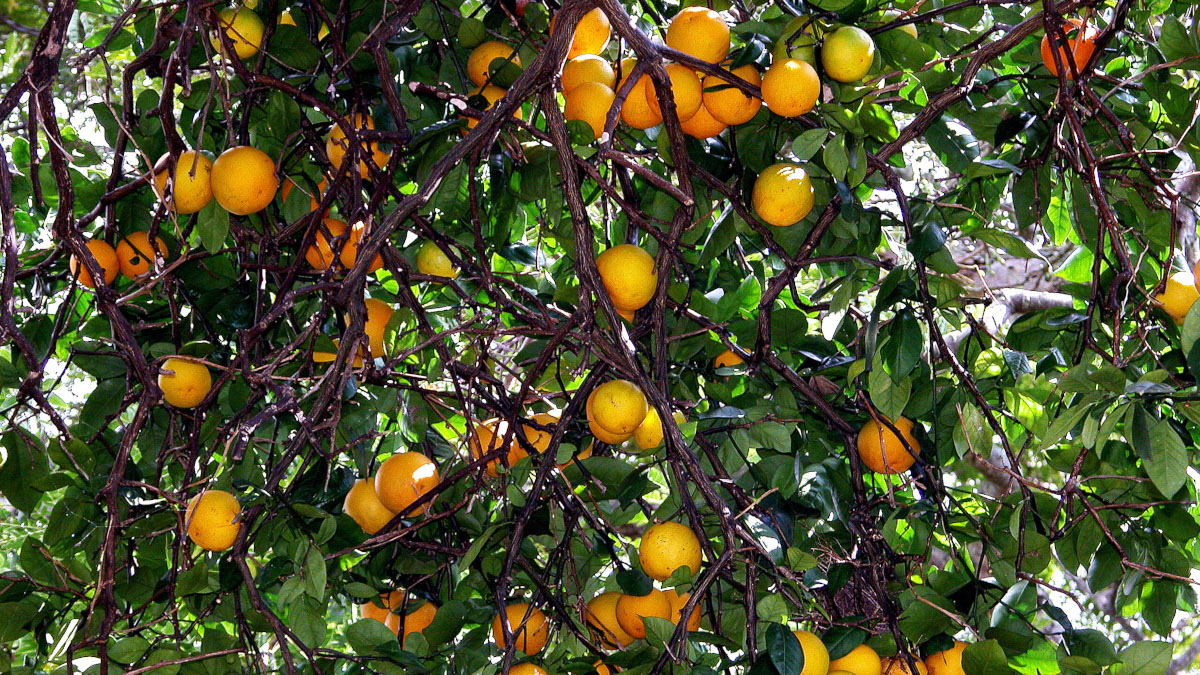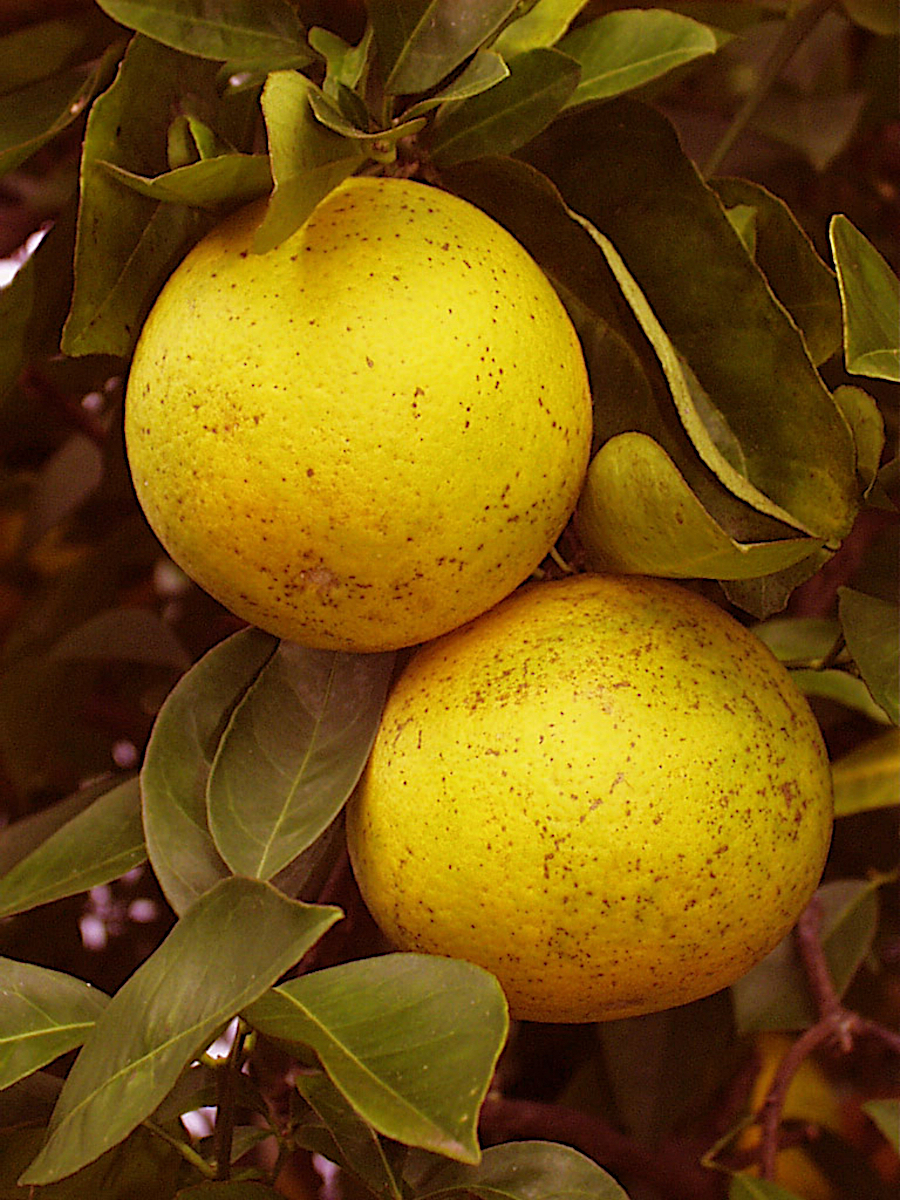(BIVN) – The tasty Kona orange is being listed in the Ark of Taste catalog maintained by the worldwide Slow Food organization.
From a news release issued by the Hawaii Tropical Fruit Growers, a statewide association incorporated in 1989 to promote tropical fruit grown in Hawaiʻi:
First brought to the islands in 1792 with the Vancouver Expedition, the tasty Kona orange is getting its due through inclusion in Slow Food’s Ark of Taste catalog. The orange was recently nominated and accepted by committee into the catalog, a listing of foods facing extinction by the worldwide Slow Food organization.
According to Slow Food O‘ahu Governor Laurie Carlson, the Ark of Taste catalog identifies and champions foods to keep them in production and on people’s plates.
“Once listed, the product gets on people’s radar,” notes Carlson. “It may help the product be newly or rediscovered by the consumer. Inclusion could rally support for the product’s producers and share their stories.”
Case in point is 100 percent Kona coffee.
“We have had this coffee on the Ark of Taste for a number of years now. We know that blending has been a big issue for Kona coffee farmers for quite some time. The Ark listing has made it clear to informed consumers that buying 100 percent Kona coffee is the right thing to do. Finally, in this year’s legislative session, progress was made to restrict the use of the Kona name if an insufficient amount of Kona coffee is in the package.”
Other Hawai‘i commodities or value-added products already listed in the catalog include kalo poi, ‘ulu (breadfruit), kiawe honey, Hawaiian raspberry, hua moa banana, maikoiko sugar cane and inamona.
Planted in Kona as the first orange in the islands, the Kona orange became a commercial crop on Hawai‘i Island and O‘ahu before it was in high demand during the Gold Rush in California. According to the Ark of Taste, the US Army distributed the oranges to WWII servicemen. After the war, the USDA reverted to pre-war rules regarding fruit fly regulations and exports. The oranges continued to be sold decades later at local markets and grocery stores.
Today, there is no commercial production of the Kona orange and any existing backyard trees are showing their age.
“Clonal propagation is needed now to protect and save the Kona orange,” says Ken Love, executive director of the statewide Hawaii Tropical Fruit Growers and member of the four-person Ark of Taste committee. “The orange variety is currently threatened and available only through small farms and gardens for home consumption.”
With a tight skin and solid core, the Kona orange boasts a sweet and sub-acid flavor said to be similar to pineapple. It has a juicy pulp with 10-13 segments and is harvested March through June. It is sometimes referred to as the Paris orange, as the family was the landowners where the original tree was planted.
As the trees are not available at nurseries, Carlson says an effort is needed to get new trees propagated and grafted. “We need to come up with a strategy to reproduce the Kona orange and find some grants to aid in that effort,” she details.
“The Kona or Paris orange is perfectly adapted to Hawai‘i and it’s essential we protect it and expand its numbers,” adds Love. “Sweet and juicy, it’s the perfect citrus for Hawai‘i.”
Learn more about about Slow Food’s Ark of Taste catalog at the Slow Food website.



by Big Island Video News12:14 pm
on at
STORY SUMMARY
HAWAIʻI ISLAND - The tasty Kona orange has been accepted into Slow Food’s worldwide Ark of Taste, a listing of foods facing extinction.